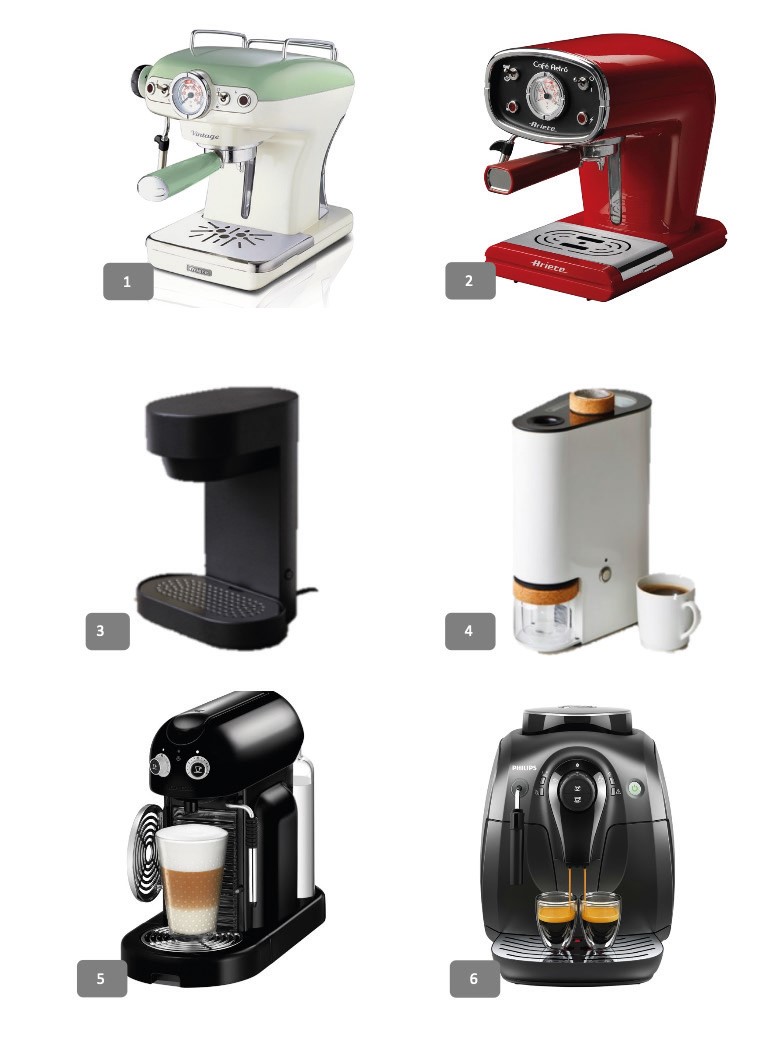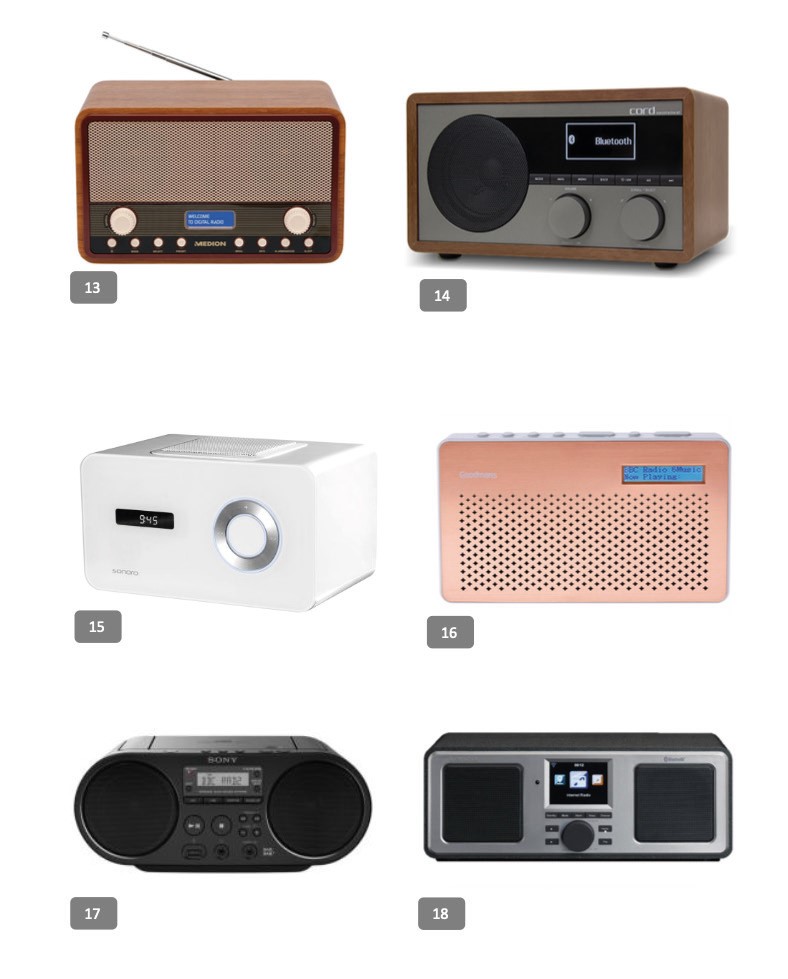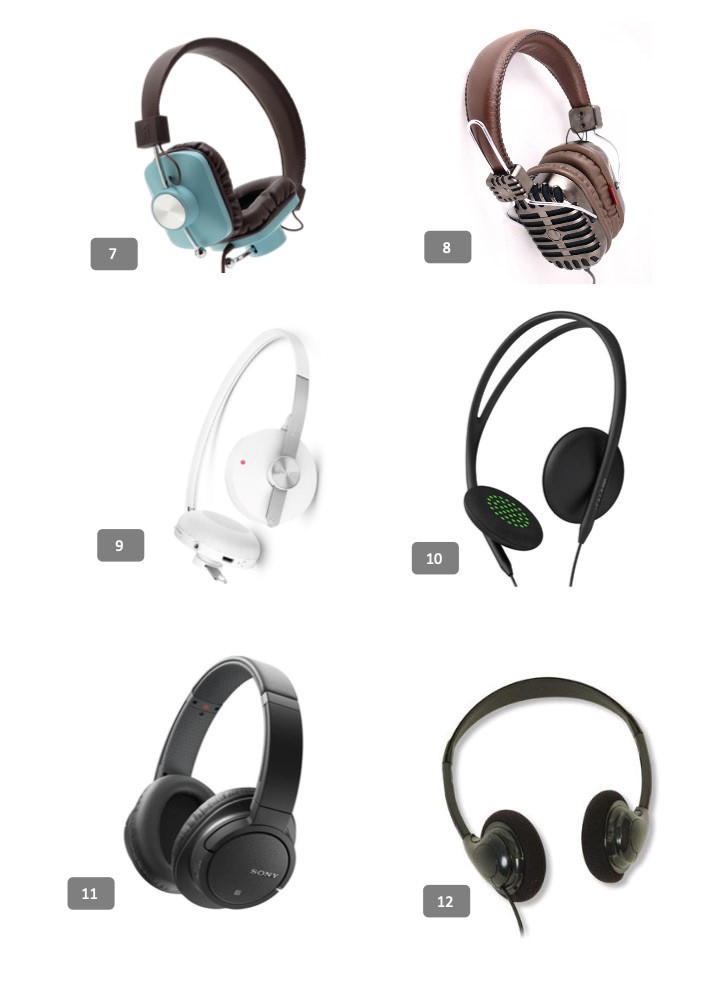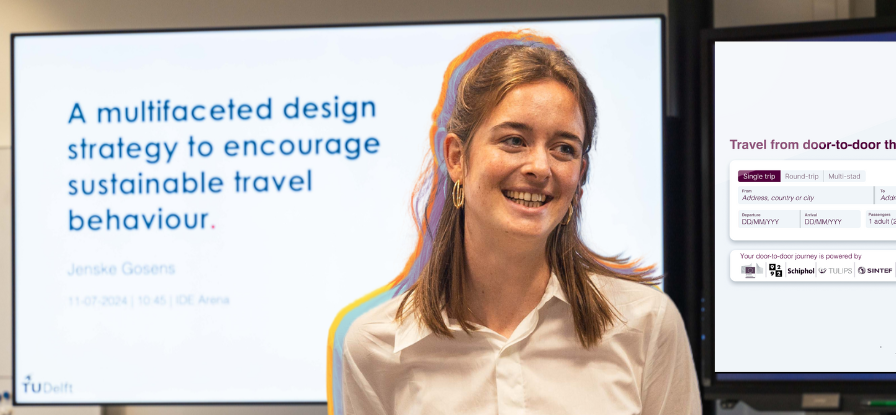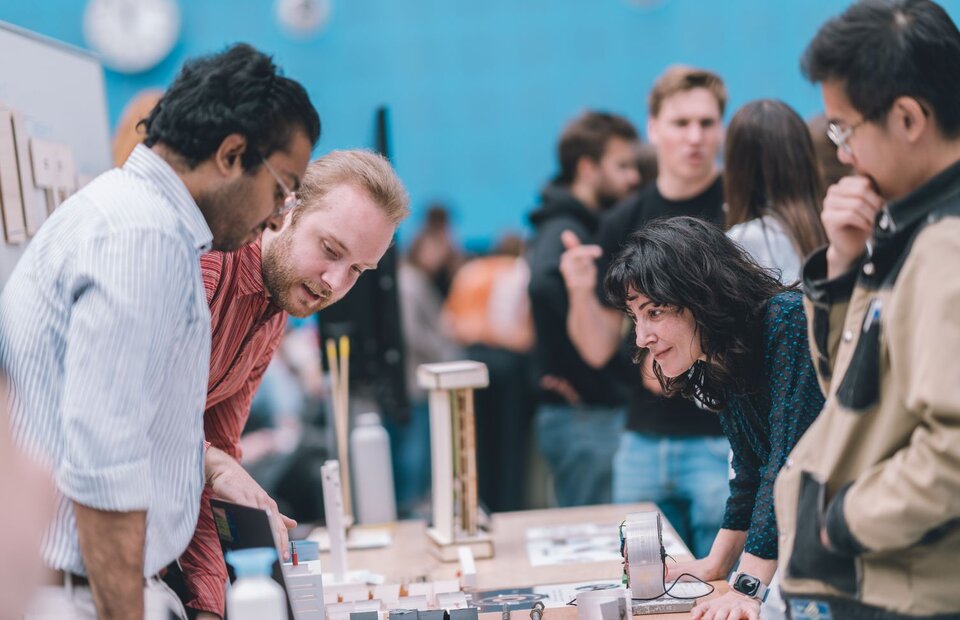Long live the refurbished product
Products designed for a single life cycle have a huge impact on the environment. In the transition to a circular economy, designing products that go through multiple lives and retain their value could make a big difference. For her PhD, Theresa Wallner explored how designers can make it easier for consumers to choose refurbished products.
The beauty of refurbishment
If refurbished products are going to contribute to the transition to a circular economy, they have to be desirable from both the consumer’s and manufacturer’s perspectives. Wallner says that for consumers, that means products need to be desirable from an emotional and economic perspective.
At the same time, there needs to be a business model that is feasible and lucrative for manufacturers, in which they take back products, refurbish them, and then resell them at a good price. “I think the beauty about refurbishment itself is that you lower the environmental impacts of consumption, but you still give manufacturers the opportunity to have a business model that earns money,” she said. “And I think that's what's going to make it successful in the future.”
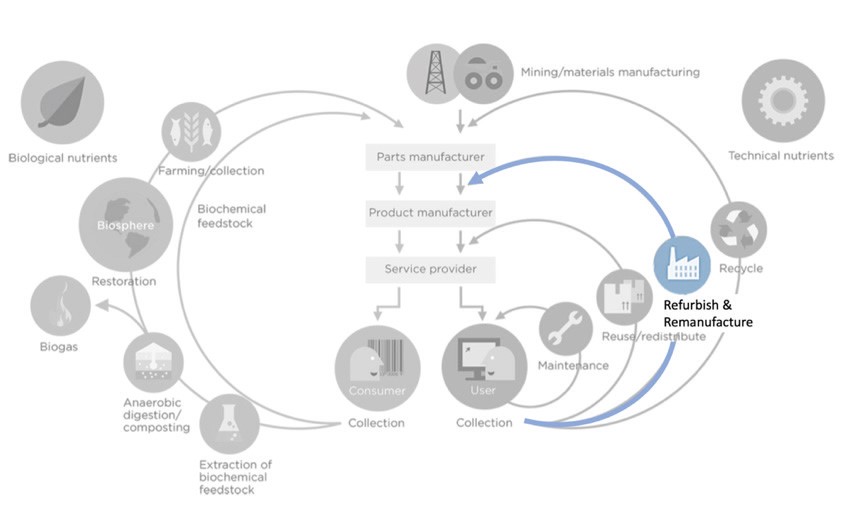
Desirability and risk
There already exists a thriving refurbishment economy when it comes to things like bikes, furniture and cars. And there is also existing research involving refurbishment of products like mobile phones and tablets. Wallner wanted to focus on products that are not currently being refurbished and which have a high environmental impact. She looked at different consumer electronics product categories like headphones, blenders and radios because there are different factors which make them desirable or undesirable.
With a radio, for example, it's much more about sound quality and functionality. But with headphones, there's another component which makes them undesirable to buy in a refurbished state which is the feeling that they’re contaminated with traces of former users.
Helping consumers choose refurbished products over new ones is an important part of the circularity journey. But refurbished products are often seen as a riskier choice if they don’t have an “as-new” look or functionality, or if they appear to be contaminated by their prior use. So how can designers influence the way products are perceived after multiple life cycles so that they become more desirable to consumers?
Design is the key
In her thesis, Wallner concluded that designers need to take the refurbished product stage into account when designing the original product. It is only by considering refurbishment in the initial design that the product can obtain an as-new look and functionality when it is later refurbished. “To enhance consumer acceptance of refurbished products, refurbished products need to be designed in such a way that they continue to be attractive from a functional as well as aesthetic perspective for multiple life cycles,” she wrote. To achieve this, Wallner defined two strategies for designers to take into account.
First, it’s important to design an appearance that remains attractive over time. “We see from our research that some people are okay with scratches or with wear and tear on products, but most people are not,” said Wallner. “So, if the product has signs of wear and tear, very few consumers will actually buy it.” There are different ways to maintain aesthetics, for example, using durable materials that don’t scratch, using materials that can be sanded or using coatings that can be renewed or repaired like self-healing materials.
Second, designers need to take the perceived contamination of a product into account. Her data showed that the fact that a product is used evokes a feeling that it is contaminated with traces of a user that could be territorial, hygienic or functional. Maybe it functions worse because it was used before, or it feels uncomfortable because it was somebody else's or might even have pathogens on it. “These are really the most important factors for refurbished products, especially for those that are used close to the skin.”
Making it easy
When it comes to consumer behaviour and the circular economy, Wallner says people often think that it's enough to make consumers aware that they need to behave more sustainably. “But we see from different kinds of research that this is really not the route to go,” she said. “I think we need to make sustainable consumer behaviour the fair, logical and easy choice and I believe that refurbishment is a fair, logical, and easy choice. Making products that last and retain their value over multiple life cycles is something that we should really teach designers to think about.”
Design Methodologies
For her PhD, Wallner used a mixed methodology approach involving both quantitative and qualitative research. With a background in psychology, she employed quantitative research methods including conjoint analysis and network analysis. She said they are commonly used methods in psychology, but feels they are worthwhile exploring in the field of design as well.

Ruth Mugge
- +31 (0)15 27 83008
- R.Mugge@tudelft.nl
-
Room B-4-010

Lise Magnier
- +31(0) 15 278 1729
- l.b.m.magnier@tudelft.nl
-
Room B-4-100
"Follow your heart but take your brain with you."



